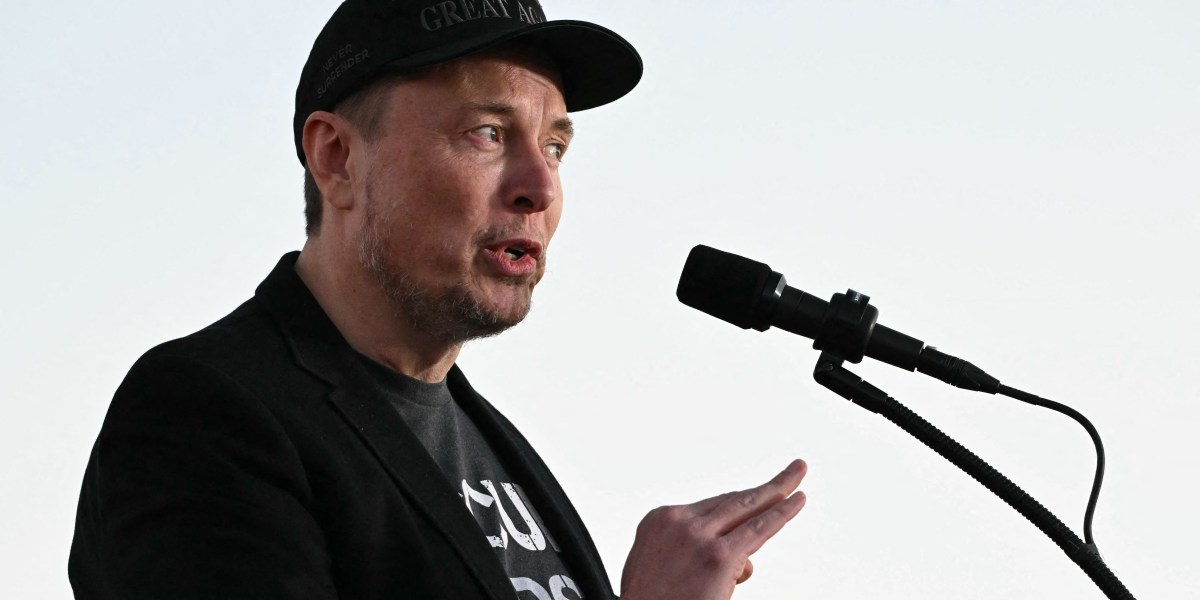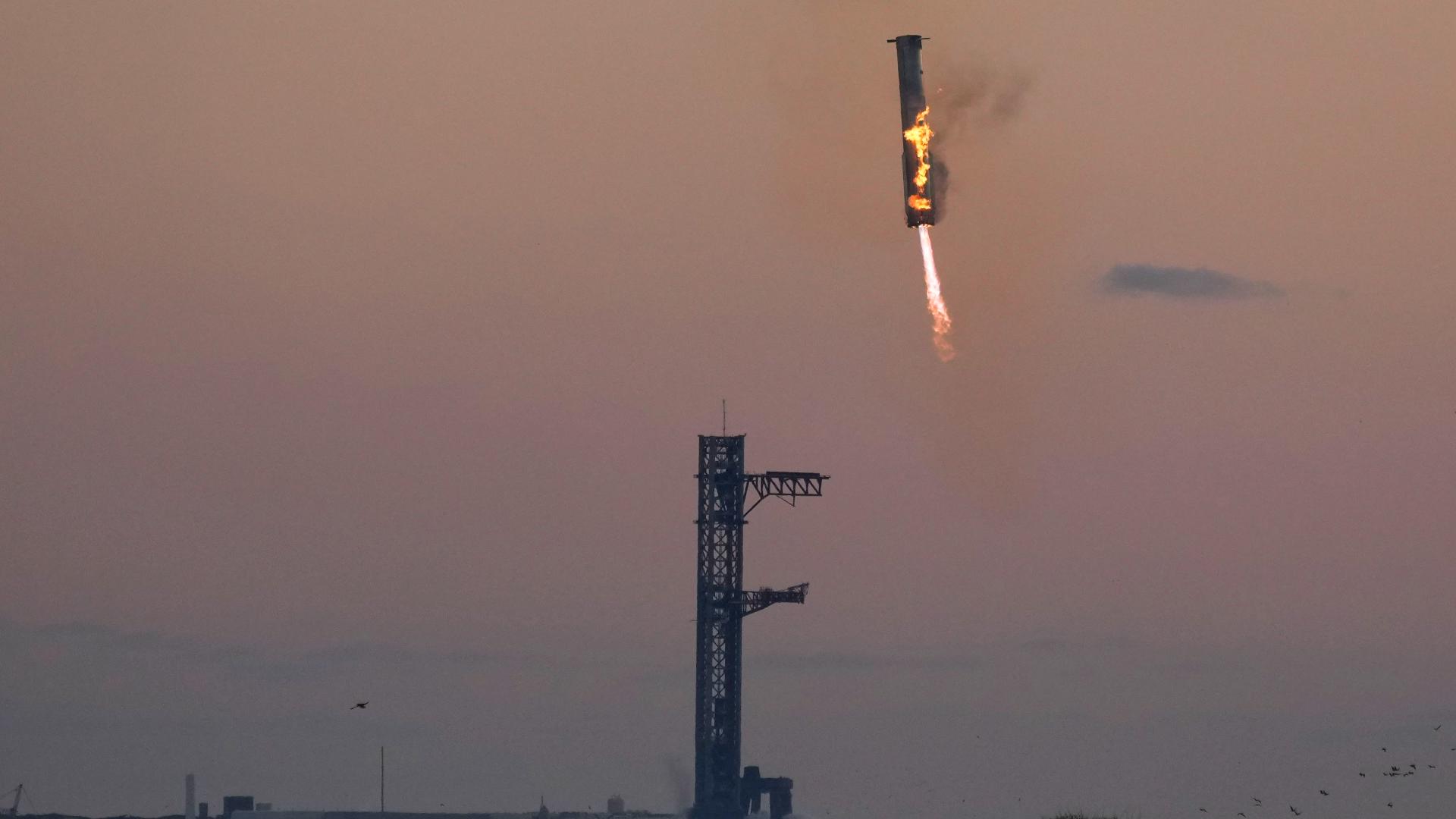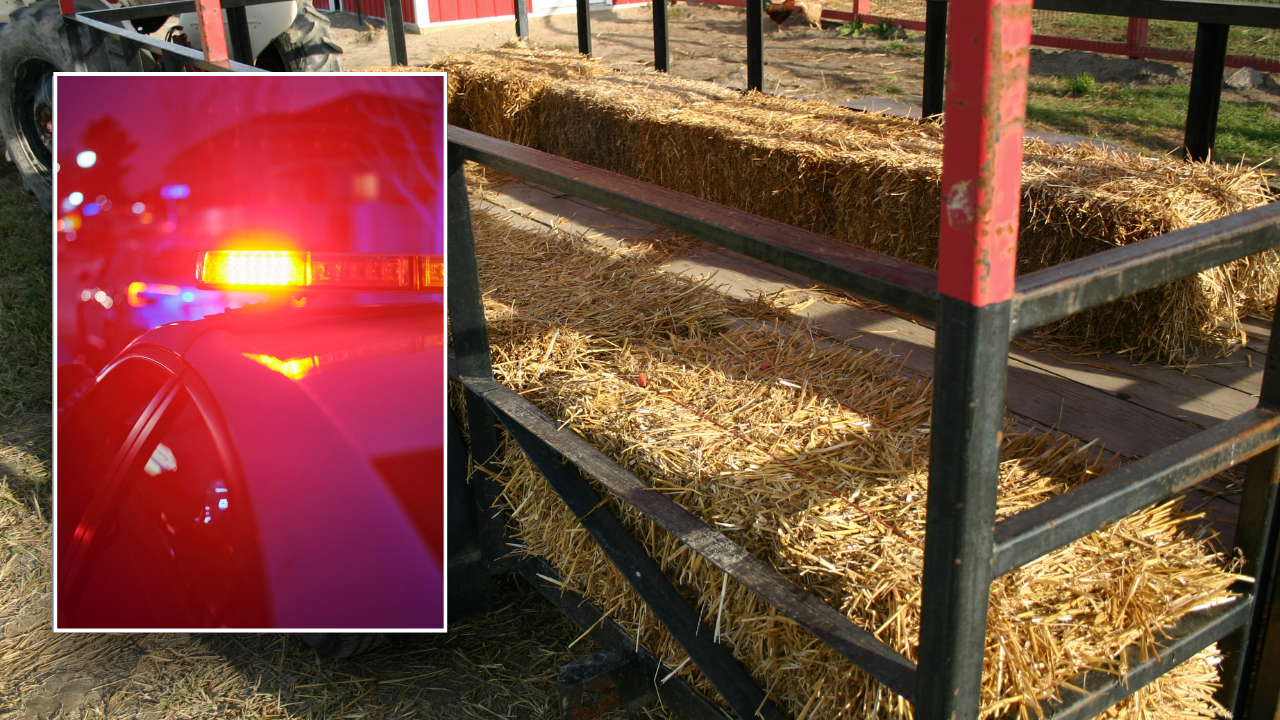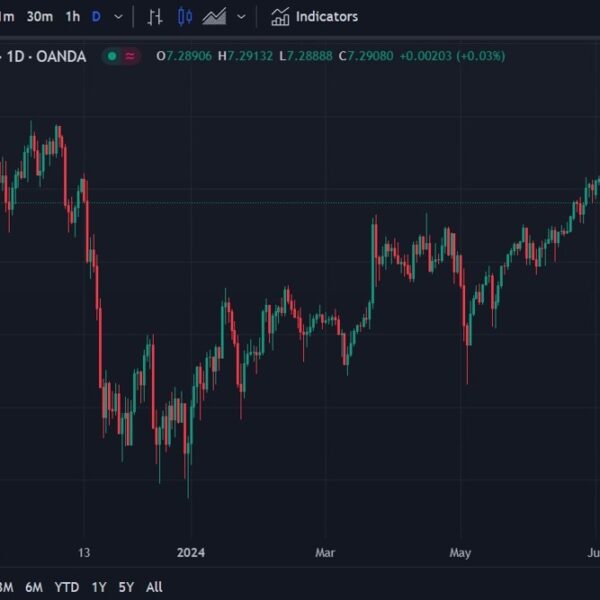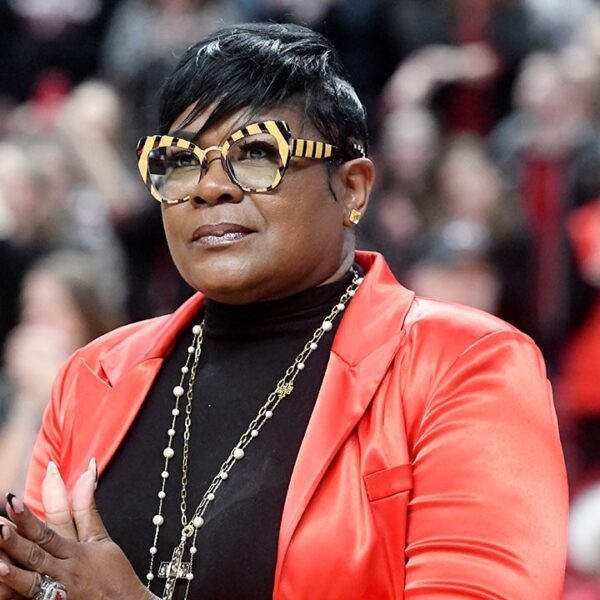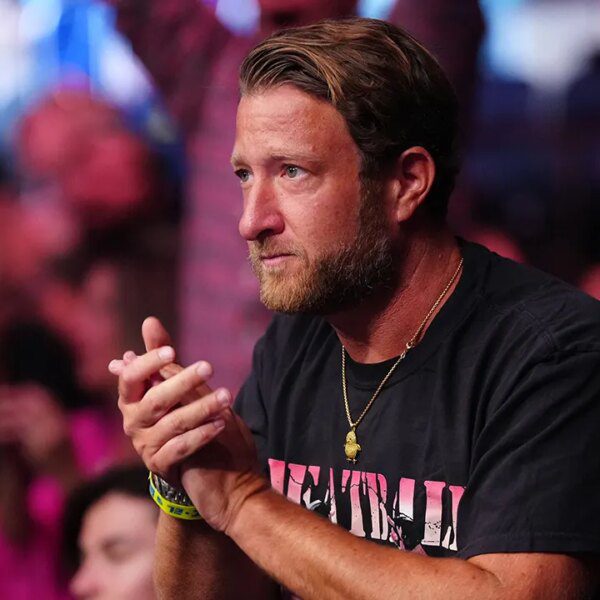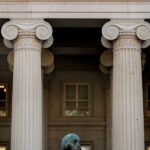

Elon Musk was the first to take a spin in Tesla’s sleek, self-driving Cybercab last week, proudly traveling along the film-set replica of city streets at Warner Bros. Studios in Burbank, Calif.
For the public tuned into the livestream, it was a chance to finally get a glimpse of Tesla’s robotaxi after five years of anticipation. People had high hopes: After all, this is Musk we’re talking about. Under his stewardship, Tesla has revolutionized transportation, making electric cars a reality and superseding the performance and battery efficiency that industry insiders thought possible.
But only the Tesla bloggers and enthusiasts, who took test rides at the special event that evening, and raved about the Cybercab on X and YouTube, seemed to be impressed. As one Wells Fargo analyst described it in a note the following day: “The Cybercab demos were conducted on a movie set in a well-controlled environment, and were very similar to a slow & short amusement park ride.”
That’s because, by the time Tesla revealed its robotaxi vehicle on controlled private property, competitors have been out on the public roads in high-traffic, complex urban areas for years. Alphabet-owned Waymo is conducting 100,000 paid rides a week in San Francisco and Los Angeles and is expecting to be in Austin and Atlanta in partnership with Uber by early next year. General Motors-owned Cruise, which had to put a pause on its commercial service since an accident last year, had been operating in San Francisco, Phoenix, Austin, and Houston before the shutdown. Apollo Go, Baidu’s robotaxi company, says it has facilitated over 7 million robotaxi rides in China.
“Tesla announcements like this, up until now, have all been about [how] Tesla [is] doing something new for the first time that nobody else has done. But that’s not true here,” says Richard Bishop, an autonomous vehicle consultant who publishes reports on the robotaxi industry. “Robo taxis have been out there for a couple of years, and more are on the cusp with high volumes of cars. So he’s announcing something kind of minor [and] minuscule compared to what’s already on the market.”
Technical capabilities aside, some of the disappointment lies in timing—and how much may still standing in the way between Tesla and a full-flung Cybercab robotaxi service.
Musk said Tesla will aim to start production on the Cybercab before 2027, but said the public will initially experience the robotaxi service in existing Tesla cars rather than in the specially designed Cybercab vehicles. Tesla will bring unsupervised, full self-driving capabilities to existing Tesla Model 3 and Model Y cars in Texas and California next year (Right now, Tesla is only doing driver-assisted FSD).
But Musk didn’t go into any specifics about the timeline or operational rollout, nor did he specify whether Tesla plans to manage the service itself or sell vehicles to companies or individuals that would do so.
“I think there’ll be an interesting business model where, let’s say somebody is an Uber or Lyft driver today, where they can actually sort of manage a fleet of cars… And just sort of take care of them like a shepherd to a flock,” Musk said vaguely.
Seth Goldstein, an equity strategist at Morningstar, said that, if the FSD rollout in Calif. And Tex. is successful, he expects Tesla to start rolling out the self-driving software in more states and eventually other countries. After that, Goldstein said Tesla may move to start a robotaxi service using that same technology.
“This would likely be 2026 at the earliest, assuming a successful launch of FSD unsupervised to Tesla drivers,” Goldstein said in an email.
But Bishop estimates it will take Tesla much longer to start to scale it at any capacity. He estimates that it could take Tesla “at least five years” just to get to the point where Waymo is operating today.
Whatever Tesla’s timeline, the company doesn’t appear to have started working on any of the regulatory approvals it will need to put the Cybercab on the road or start driverless testing in California. Both the California Department of Motor Vehicles and California Public Utilities Commission, which regulate autonomous driving in the state of California, said Tesla had not yet reached out to them about driverless and passenger permits. “We have not been contacted about this,” a CPUC spokeswoman said.
Musk is fond of saying he’s sometimes overly optimistic about the timelines for the products he announces with great fanfare. When it comes to Tesla’s long-delayed robotaxi service, Musk may not have been optimistic enough.
Data Sheet: Stay on top of the business of tech with thoughtful analysis on the industry’s biggest names.
Sign up here.

